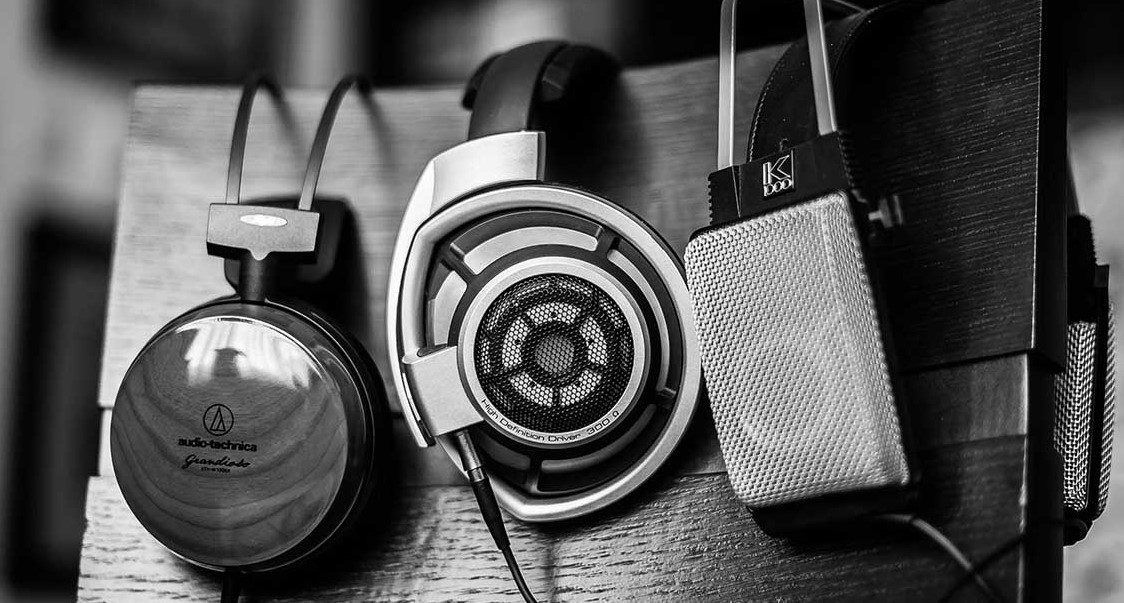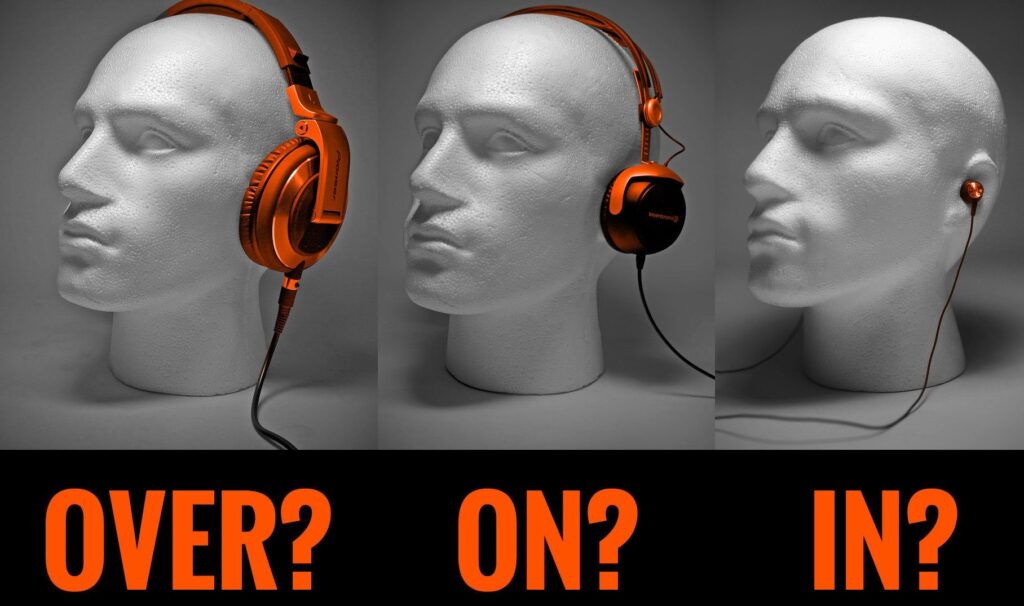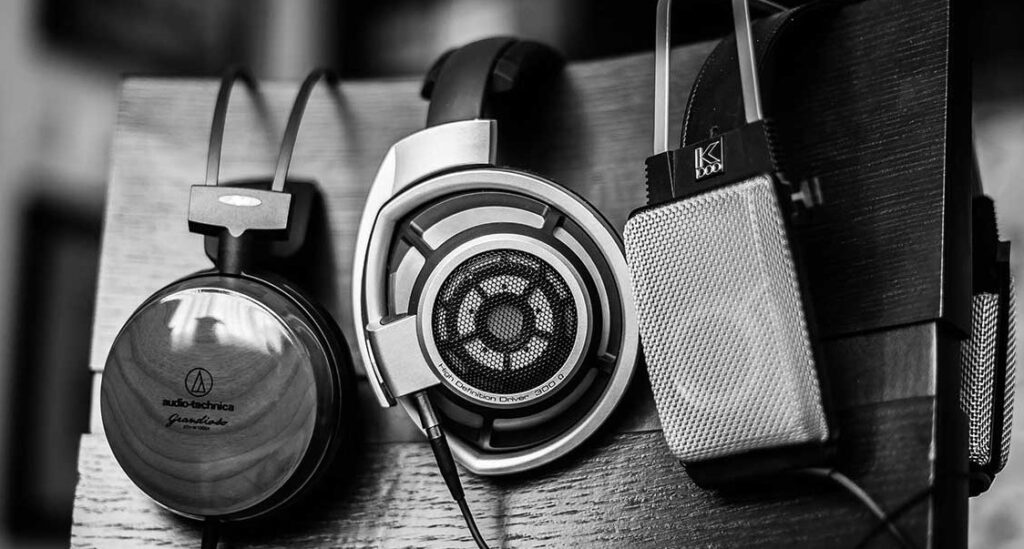Choosing our ideal headphones is usually a topic that binds us, and we tend to resort to the first direct recommendation that comes our way, whether it is from our friends, experts in the field, or the first thing that comes to us online, which is not that bad, but; how could they know exactly what we are looking for or, rather, what we are listening to?
The first question we must ask in order to find our perfect headphones is what do I need them for? Due to their characteristics, not all of them are optimal for the same functions.
The objective of this article is that at the end of it we will be able to identify and understand the specifications that each presents. And thus having sufficient criteria to be able to select the headset that we really need.
Let’s start by talking about their sizes …
Over ear: They completely cover the ears, without a doubt a favorite of recording studios and console monitoring. These offer us, in addition to greater coverage, also comfort to be able to use them for a long time, they are usually more robust headphones and consequently a little more expensive.
On ear: This is a medium size, it barely covers the diameter of our ears, they are more popular for listening to music on mobile devices, with some alterations in certain frequencies in order to make certain music more attractive to our senses, they are also popular with DJ’s because they are easier to take off and put on during the event.
These are usually a little cheaper and made of lighter materials, but with certain losses in sound quality. Mainly if what we are looking for is a flatter sound.
In ear: In-ear or intraural headphones, are those that go inside the cavity of our ear, by small we do not mean that they are of lower quality, there are many brands, styles, and prices. (as in all) These due to their size have the characteristic of isolating the ambient sound much more. Ideal for personal monitoring or also in its less professional and much cheaper version for use on mobile devices.
Let’s continue with the technical characteristics.
Frequency: When we talk about frequency, we mean how wide is the reproduction range in our earphone potential, that is, what is the frequency range that these reproduce. Taking into consideration that, no matter how healthy a human ear is, it will not be able to perceive more than 20 Hz to 20khz, there is not much to worry about at this point since most headphones have, if not a range very close to this it will be rather up to one that surpasses it. If you ask yourself the latter, you will see. Some very demanding people not only want to listen but to feel those extra frequencies in their bodies as well.
Sensitivity: In summary, this would be the ability of headphones to convert electrical impulses into audible sounds, the higher the value, the louder the headset is measured in decibels, a recommended value would be between 100 and 105 dB.
Impedance: We are going to understand this characteristic in a simpler way, as the energy (electricity) that our headphones need to produce sound. This is measured in ohms, the lower the impedance, the less energy they need to function, and the higher the impedance the higher the demand. This is not to say that the higher impedance headphone has better sound, although it is true that operating with higher energy makes it less prone to signal failures, interference, or unwanted noise. Of course, we must be aware that the preamplifier to which we are going to connect our headphones knows how to receive their impedance. So, before purchasing our headphones, we must check the impedance of our equipment. If our equipment works in a low impedance, 30-ohm headphones will be perfect, and if our equipment is of a high impedance of 30 ohms onwards they will be ideal.
And before deciding one last question …
Open or closed headphones?
Just when we feel that we have found our ideal headset, the store technician asks us, or we find ourselves in the specification list with the characteristic of…, open or closed? And we go back to zero, but it really is not that complicated.
Let’s see, a Semi-Open or Open Headphone is one that lets part of the sound we are listening to escape. Ideal for mixing since it gives us a much more real feeling of space. It does not encapsulate sound.
On the other hand, Closed Headphones isolate the ambient sound, concentrating only the sound source in the headphones, recommended for live audio, also for the recording studio. But then because the closed one is and not ideal for mixing. I explain.
The ideal is an open one if you are in a space without external noise and with ideal acoustic treatment. Since the closed will create a reverb within the same earphone. But in case of having a lot of external noise and a room without treatment, it is a great option.
Headphones are the extension of our ears; we must try to make a successful, and above all personalized choice.
So now, which headset are you going to buy? Don’t hesitate and go for it!
 Maria Fernanda Medina, from Tegucigalpa Honduras. I studied a BA in Acoustic Technology and Digital Sound at Galileo University in Guatemala City. I have mainly worked in the live audio field as a freelancer, and with Audio rental companies. Developing myself in the Backline, Stage manager, and Production area. Both in international concerts and national festivals. Currently, my passion for audio and the social commitment I feel with my country have guided me in the dissemination and education. A facet that I explore and enjoy more every day.
Maria Fernanda Medina, from Tegucigalpa Honduras. I studied a BA in Acoustic Technology and Digital Sound at Galileo University in Guatemala City. I have mainly worked in the live audio field as a freelancer, and with Audio rental companies. Developing myself in the Backline, Stage manager, and Production area. Both in international concerts and national festivals. Currently, my passion for audio and the social commitment I feel with my country have guided me in the dissemination and education. A facet that I explore and enjoy more every day.


